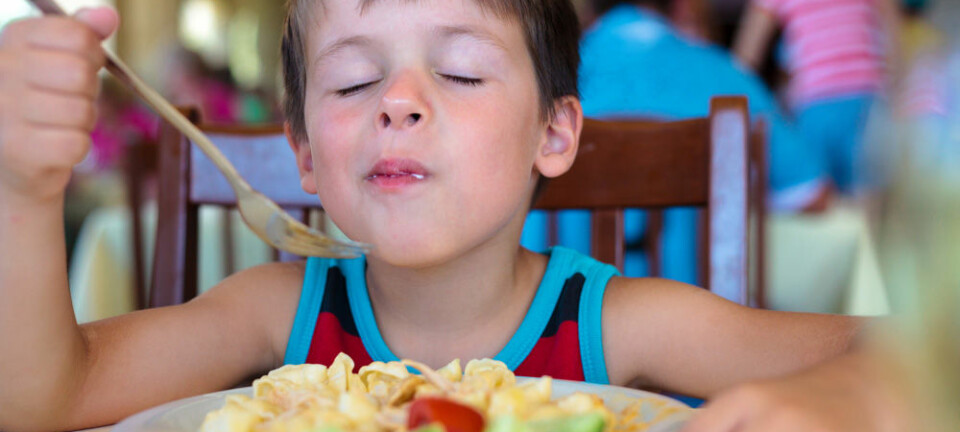
New food to speed up satiety in overweight people
Scandinavian scientists aim to find out how the structure of food is related to satiety. The objective is to develop new foods that can help overweight people as well as people who eat too little.
Liquid or solid food: which is more filling? Danish and Norwegian researchers aim to find the answer to this question once and for all.
In a new project, they will examine how changes to the structure of food can affect satiety in the people who eat it.
The researchers know that the structure of food is important for digestion, the feeling of satiety and energy intake, but they have yet to figure out how this interplay works.
”There are some indications that eating solid foods gives more satiety than eating liquid foods, where the energy is absorbed more quickly. This is what we will be taking a closer look at,” says Professor Richard Ipsen, of the Department of Food Science/Dairy Technology at the University of Copenhagen, Denmark.
Creating a toolbox of food
We will be making a kind of toolbox with various model foods that have the same nutritional ingredients and the same amounts of energy, but with different structures.
Richard Ipsen
In the first part of the project, the researchers will develop a number of model foods which all contain the same ingredients: the same amounts of proteins, carbohydrates and fat.
Using a variety of methods in the production of the food, the researchers can develop foods with the same ingredients, but with widely different structures and textures. These methods include heat treatment of proteins before they are added to the foods. This has an effect on how the food is metabolised when it enters the body.
”In this way we will be making a kind of toolbox with various model foods that have the same nutritional ingredients and the same amounts of energy, but with different structures,” says Ipsen.
In terms of texture, the food models that the researchers aim to develop range from juice to pudding and yogurt to models that look like biscuits.
Blood samples and subjective assessments determine satiety
We wish to understand and be able to regulate satiety – not only in people who shouldn’t eat too much, but also in those with a poor appetite.
Richard Ipsen
Next, they will be testing how the various structures affect satiety and energy intake. Here they will select some of the models for mice trials, and based on which models appear to work best, they will select a handful of them, which will then be tested on humans.
The test subjects will report their subjective assessment of how full they feel, and through blood samples they will look at the body’s hormonal response, which plays an important part in the feeling of satiety.
Furthermore, they will examine whether the same amount of energy is absorbed from the various food models, and whether the energy intake also affects satiety.
“One can imagine that the watery solution of nutrients in liquid foods is absorbed more quickly and more effectively than in solid foods, where the nutrients are densely packed, but that the solid foods are more filling,” says the professor.
New hope for big and small appetites
The hope is that the results from the project can be used to develop food that can help regulate people’s feeling of satiety.
”We wish to understand and be able to regulate satiety – not only in people who shouldn’t eat too much, but also in those with a poor appetite.”
By ’controlling’ the feeling of satiety from foods in both directions, the research can be used to help overweight people so that they can become sated more quickly by foods with the same nutritional value.
Conversely, the project may also be of benefit to e.g. elderly people who cannot eat much and often struggle to get sufficient nutrition. These people could then eat foods with the same nutritional value as they usually eat, but without feeling the same level of satiety from eating them.
The project, involving nutritionists, biologists, chemists and physicists, will start in summer 2014 and is scheduled to run for five years.
---------------------------
Read the Danish version of this article at videnskab.dk









